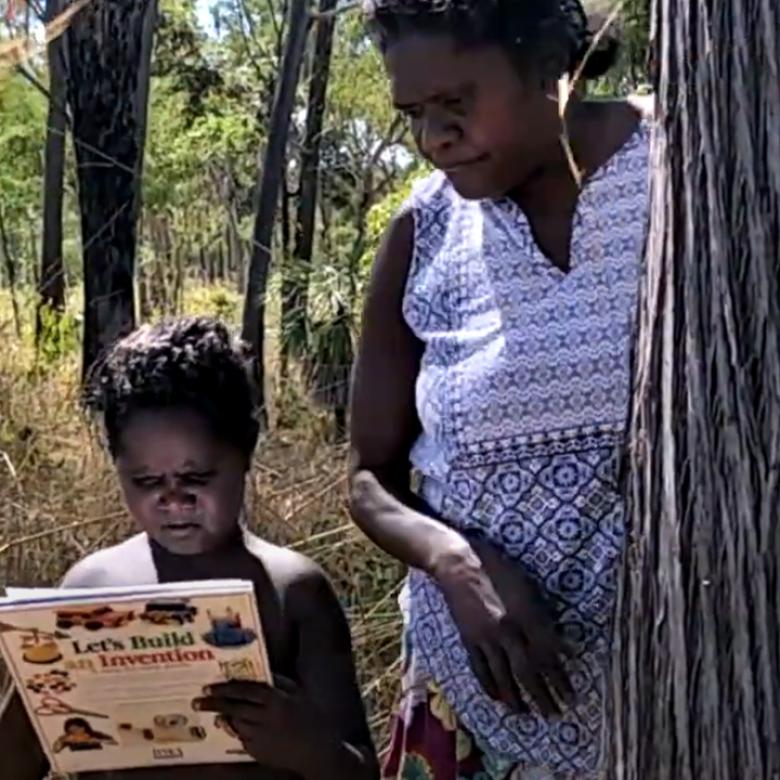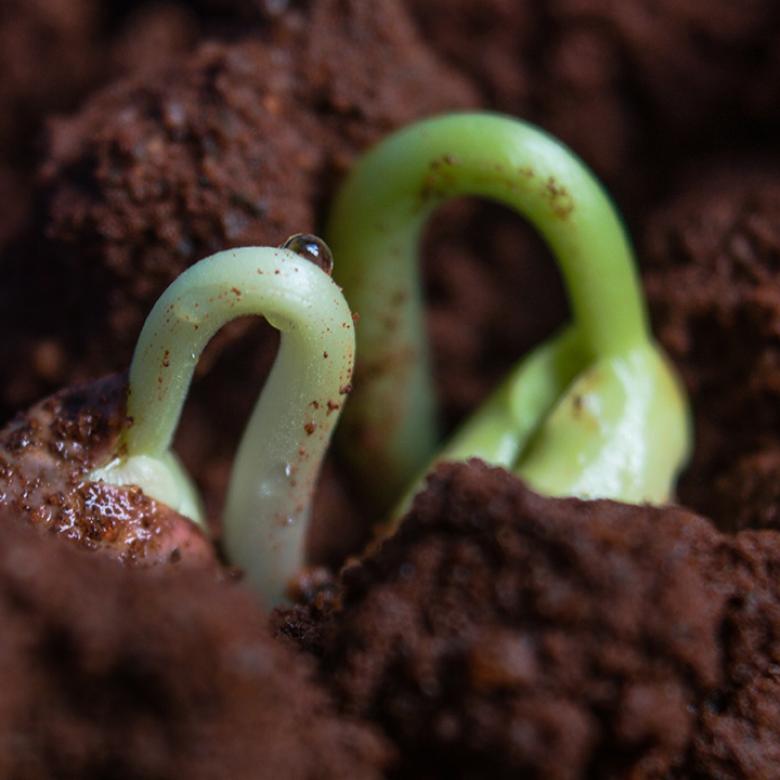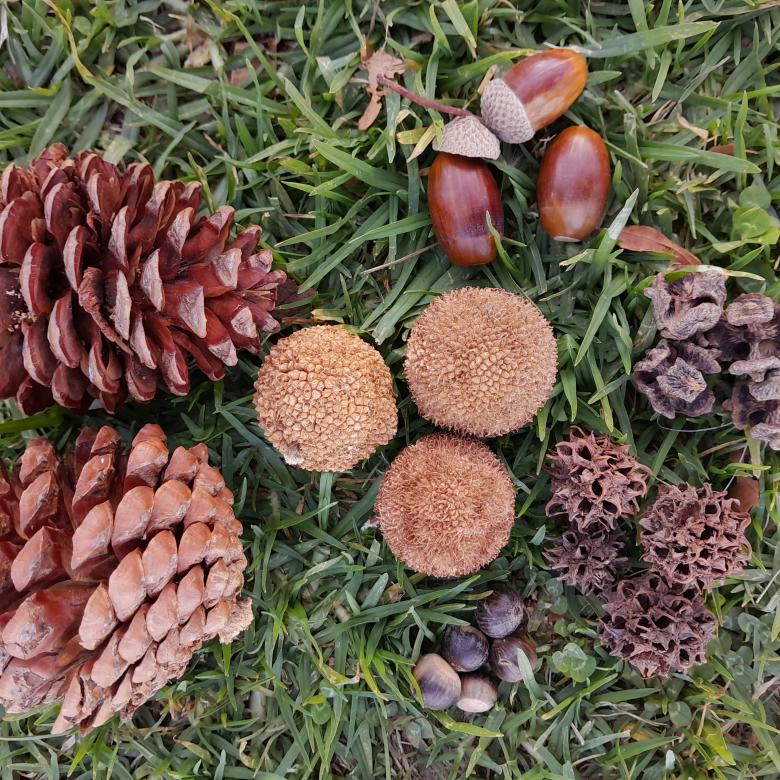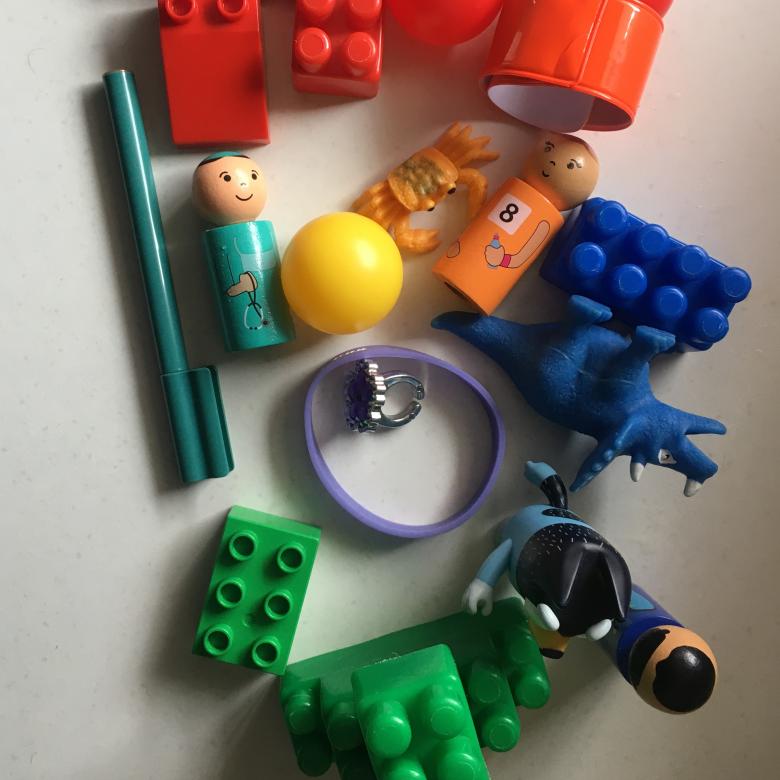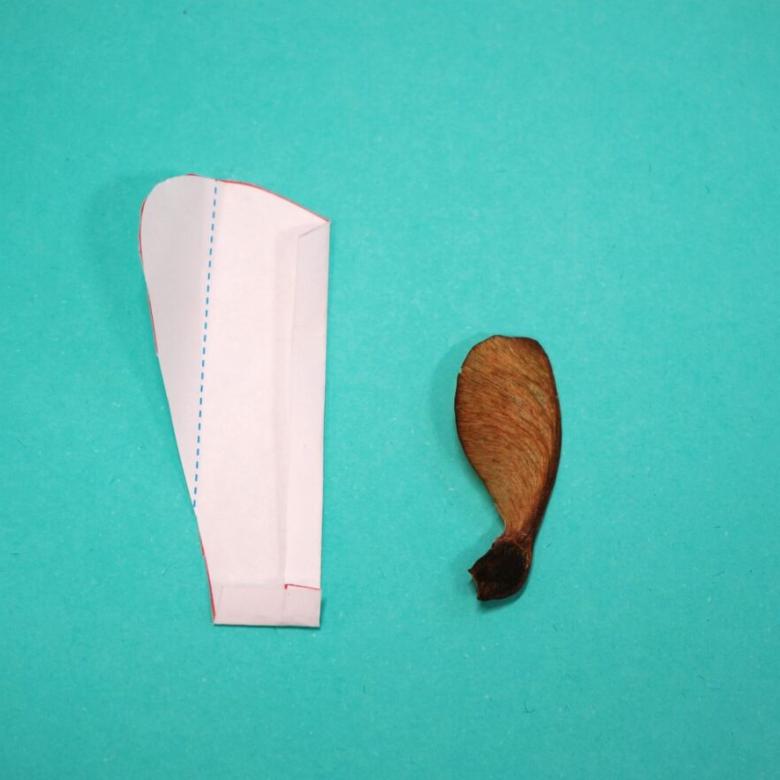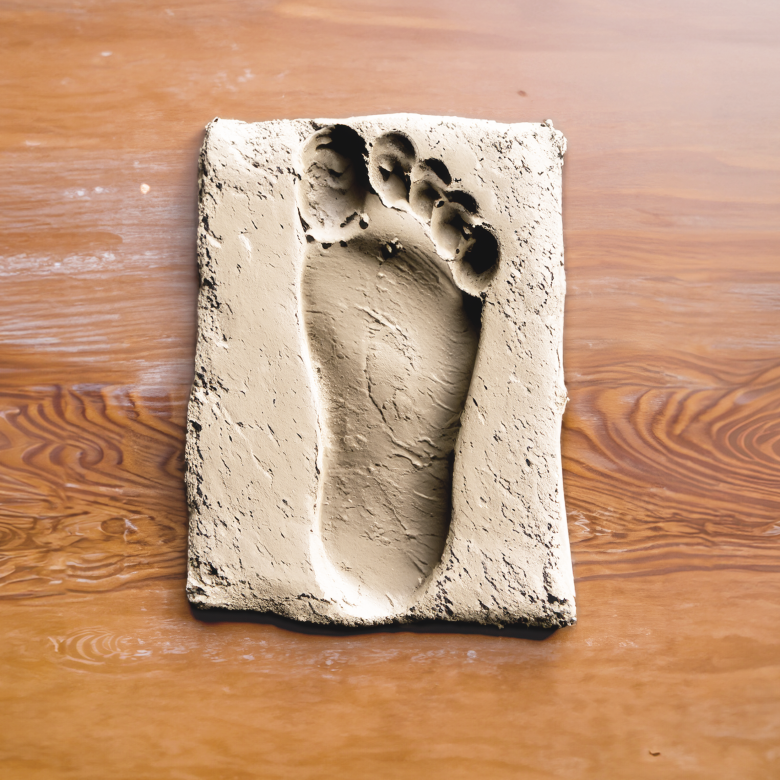You'll need
- A paper towel roll
Optional for extension
- A balloon
- A paper cup
- Scissors
- Sticky tape
What to do
- Place one end of the paper towel roll on the left side of a friend’s chest, above their heart. Put your ear on the other end of the tube and listen closely. Can you hear their heart beating?
Extension
- Cut out a circle the size of the paper towel roll in the base of the paper cup.
- Put one end of the paper towel roll into the hole at the base of the paper cup. Then tape the cup to the end of the paper towel roll. This will act like the bell on the chest piece of a stethoscope.
- Cut off the neck of the balloon and discard.
- Stretch the balloon tightly over the top of the paper cup. This will act like the diaphragm on the bell of the stethoscope.
- Place the balloon end of the stethoscope on your friend’s chest. Make sure it’s on the left side of the chest, above their heart.
- Put your ear on the other end of the tube and listen very closely. Can you hear their heart beating?
Questions to ask
What can you hear?
What happens to the sound if you change the size of the roll? Try using a shorter roll.
Can you experiment with using other materials to make the stethoscope? Try using foil instead of a balloon.
How does adding a cup and balloon to the paper towel roll change the sound?
What's happening
Your heart pumps blood around your body. Your pumping heart creates a sound we call a heartbeat (boom boom). The sound of the heartbeat moves in all directions from the heart. When you put the tube onto a person’s chest, it funnels or pushes the heart beat sound in one direction, up the tube. The sound travelling up the tube goes straight into your ear. This makes the heartbeat sound louder, which makes it easier to hear.
Did you know
The invention of the first stethoscope was in 1816. It looked very different to today’s modern stethoscopes. The first stethoscope was a tube shape with a hole drilled thought the centre. One end of the tube was put on the person’s chest and the other end to the doctor’s ear.
Stethoscopes are not only used to listen to the heart. They are also used to listen to the sounds made by the lungs and intestines.


